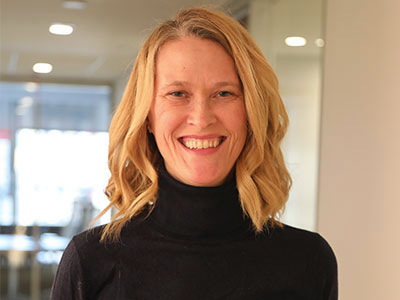Homelessness in New York City has continued to rise over the past decade. As of July 15, 2019, there were 58,117 homeless people, including 11,852 homeless families with 20,860 homeless children, sleeping in the New York City shelter system. This represents a 47% increase over the past decade.
How Education is Impacted
During the same period of time, the New York City public school system has seen an increase in homeless students. The Institute for Children, Poverty, and Homelessness (ICPH) released their report last August, On the Map: The Atlas of Student Homelessness in New York City 2018. The report states that homelessness among public school students has risen more than 50% over the past six years, and the number of housed students has decreased. Since 2012, more than 150,000 children attending New York City public schools have experienced homelessness. More disturbing still, 33 percent of all homeless students are 2nd graders or younger.
Children experiencing homelessness lack the stability and support necessary to succeed academically. In addition to academic impacts, disruptions to a child’s education threaten their social and emotional development. Chronic absenteeism can play a significant role in homeless children quickly falling behind one grade or more.
ICPH has further found that homeless students achieve proficiency on New York State standardized tests at roughly half the rate of housed students. In addition, the impact of homelessness on students lasts long after those children are housed.
Furthermore, the resources that schools and teachers can allocate to homeless students are limited. In a 2019 brief published by The Research Alliance for New York City Schools entitled Homelessness in NYC Elementary Schools: Student Experience and Educator Perspectives, it was reported that “Schools with high concentrations of needy students can easily become over-extended…The schools we visited set aside these limited funds (only $100 per student) to purchase additional school supplies and clothing for students, and to make sure that students did not have to pay for school trips.”
Where VOA-GNY Steps In
At VOA-GNY, we are committed to enhancing the educational experience of the children in our Tier II shelters through a variety of supportive services. Each of our Tier II shelters provides high quality recreation and after school programs and other value-added services, which address the full range of issues faced by children and families. Most of these are funded through private donations.
In addition to after school programs, we solicit volunteer homework tutors and reading mentors who provide one-on-one educational assistance. Last fiscal year, community members volunteered over 500 hours at our family shelter programs.
Our recreation programs focus on literacy, basic math and enhanced reading comprehension. We offer homework assistance, tutoring, reading mentors, storytelling, arts and crafts, field trips and educational games. This ongoing individualized attention promotes improved learning and academic achievement, as well as providing stable, supportive relationships with caring accomplished adult role models.
VOA-GNY began its Operation Backpack® program 16 years ago with an original goal to outfit the 600 students living in our family and domestic violence shelters with gently used backpacks and school supplies. The drive grew each year, and has since evolved into its current model — providing brand new backpacks full of grade-specific supplies to every child living in the New York City shelter system who needs one before the first day of school. It not only relieves families and children of a stressor, but takes the burden of providing supplies off of teachers as well.
To date, Operation Backpack® has outfitted 180,000 students, and continues this summer, with the goal of providing 20,000 backpacks to children in need this year.
VOA-GNY is committed to providing the educational resources and support families need to help break the inter-generational cycle of poverty and create a better future for their children.

By Noelle Withers, Associate Vice President, New York City Housing and Homeless Services. Learn more about how we meet the housing needs of vulnerable New Yorkers and Operation Backpack®.
